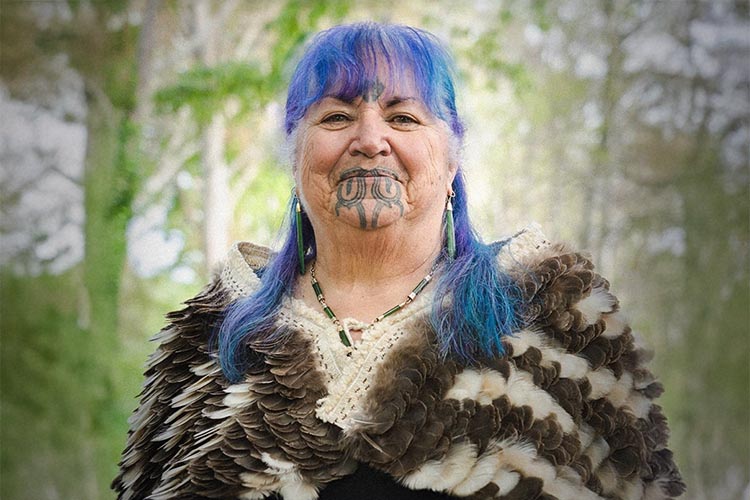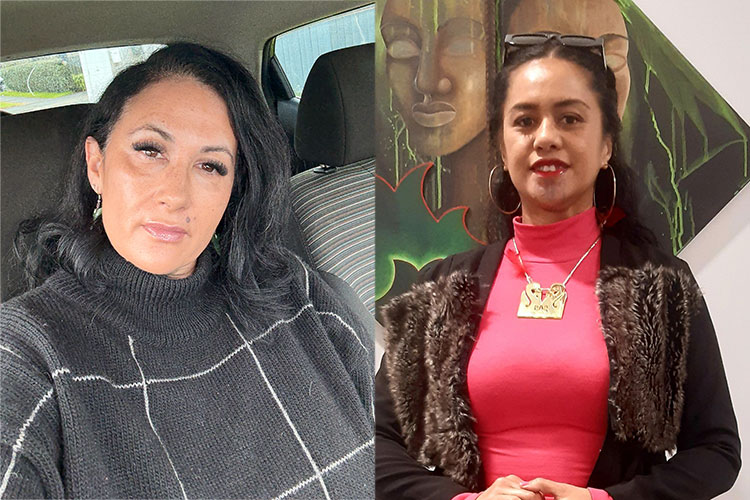Tori-Analee Houkamau used to draw tā moko designs on her legs when she was bored.
“I used to do a lot of tā moko designs whenever I was bored,” says Tori-Analee (Ngāti Kahungunu, Ngāti Porou, Te Whānau ā Apanui, Aitutaki).
“I would draw tā moko on my legs and thighs and I’d always get told off by teachers.”
Tori-Analee, who will graduate with a degree in Rauangi (Māori visual arts) from Te Wānanga o Aotearoa next year, is a self-taught artist. She developed her talent and skill by drawing images she liked in her art books.
A head injury playing rugby meant she dropped out of school early but her art books – by then full of sketches, pitcures and designs - would come in handy for what came next.
“I was inspired by a couple of graduates of Toimairangi (Te Wānanga o Aotearoa art school in Heretaunga). I showed them some drawings from my books and then followed their path to Toimairangi.”
“One of them, Tamanuhiri Russell, is a tā moko artist and he said I could be his apprentice.”
As a budding beginner, Tori-Analee would set up work stations and learn about the different needles used for tā moko. While Tori-Analee’s mentors would work, she would come up with her own tā moko designs.
“It was a great learning experience but it was also my first year at Toimairangi.”
Knowing she couldn’t work at the Russell’s Awa Ink tā moko studio in Heretaunga and develop her artistic skill at Toimairangi at the same time, Tori-Analee chose to continue with her study.
Part of her study was helping to install completed artwork at Te Huki Marae in Raupunga.
“We installed a lot of paintings and tukutuku panels; from the whare nui to the whare kai, it’s pretty beautiful I must say.”
Tori-Analee’s now completing her Rauangi degree and is in her final year which is mainly self-directed. Tauira (students) on the programme come up with a proposal about what they’re going to be painting and they choose their subject.
“My theme is Māori steampunk. What I’m doing is interpreting how Māori experienced the industrial revolution and how introduced machines, tools and weapons affected Māori culture, then and now.”
“We were still an agricultural society when the Pākeha arrived here. I’m trying to interpret what the industrial revolution did to Māori resources, practices and tools of old.”
While the needles have been shelved and a master’s degree is in the pipeline, Tori-Analee wants to continue what she started all those years ago when she drew tā moko designs on herself.
“Next year I want to do my masters but while I’m doing that I’m going to get in to tā moko again. I’ve bought a tattoo gun and needles. I need to get practice in and get some confidence.”




































